The medieval period is an epoch that stirs the imagination, with its tales of knights, castles, and empires. Often overshadowed by the grandeur of European history, the Middle East has its rich tapestry of medieval history, and the Kurdish emirates that once dotted the landscape are a testament to that legacy.
Yesterday, I had the opportunity to explore some of the fascinating remnants of this era, nestled in the heart of the Erbil governorate. Led by Mesopotamian Tourism, our journey took us through the rugged terrain of Kurdistan, where we discovered the hidden gems of Dere Castle, Dwin Castle, and Khanzad Castle. Join me as I take you on a journey through time, exploring these ancient Kurdish emirate castles.
Dere Castle: A Glimpse into Kurdish History
Our first stop was Dere Castle, a historical monument located in the western part of the foothills of the Pirmam Mountain Range, 38 kilometres from Erbil. Dating back to the period of the Soran Emirate during the reign of Prince Muhammed (1813-1837) in the 19th century, Dere Castle stands as a silent witness to the region’s turbulent past.
Once a formidable stronghold, it served as a guardian of the power of the Emir of Soran Emirate. However, now it lies in ruins, a mere shadow of its former glory. As we explored the remnants of the castle, our guide, Ms. Lana, provided us with a fascinating insight into its history.

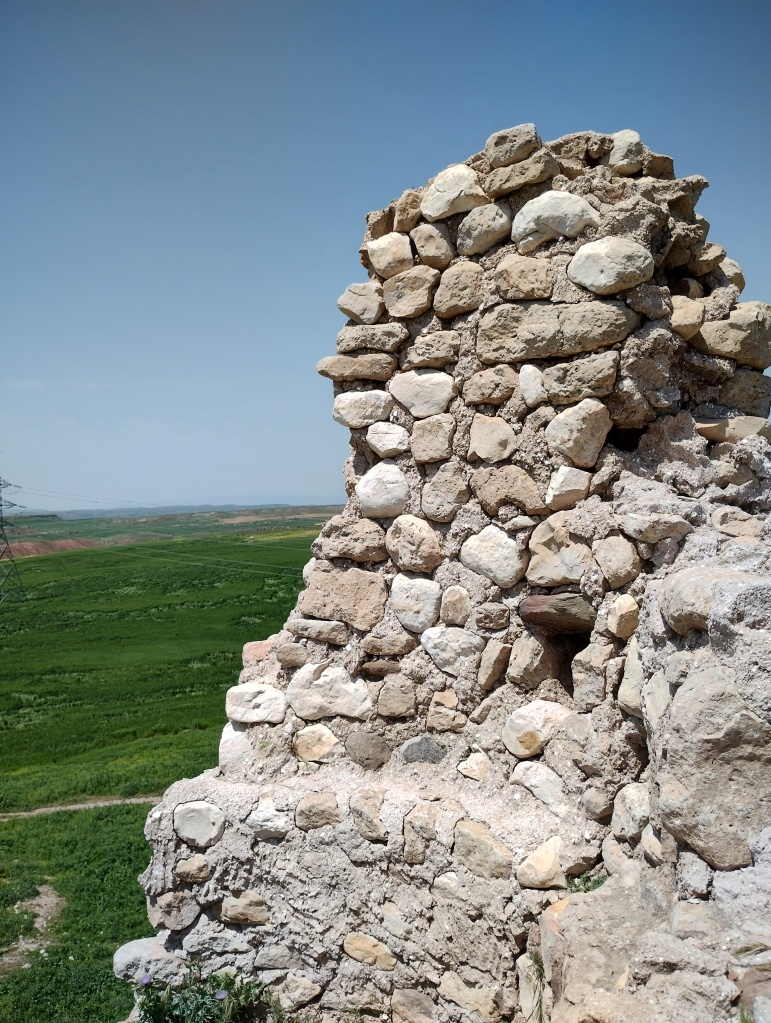
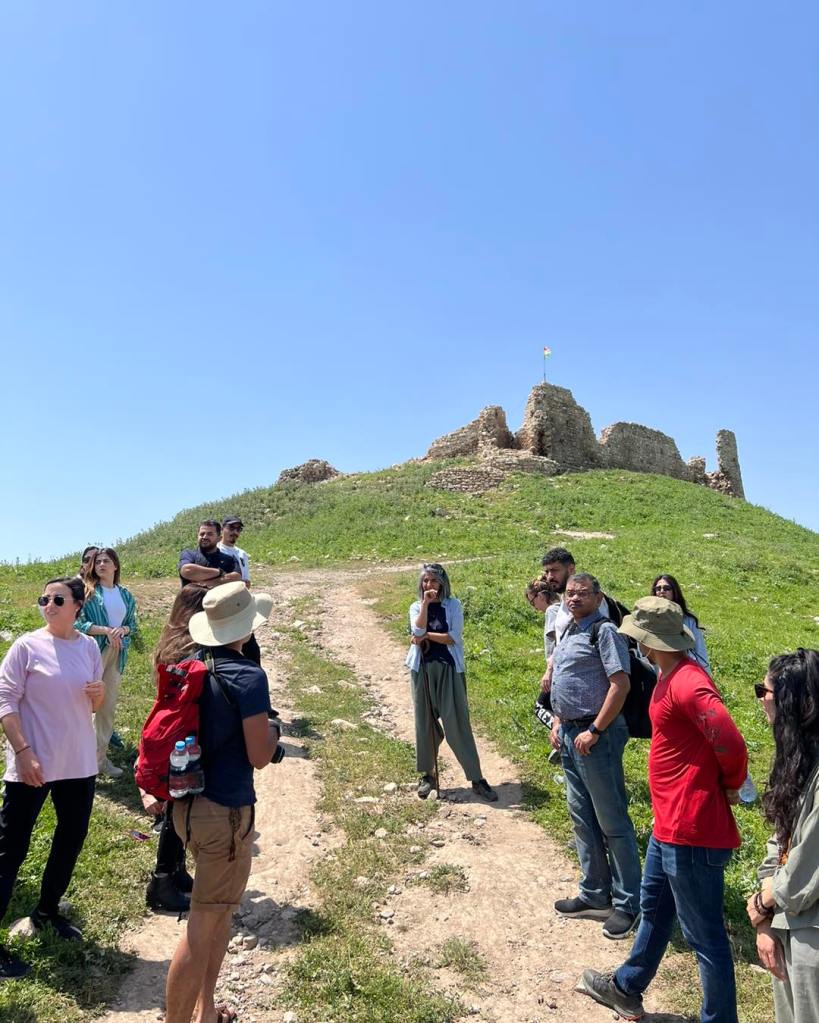
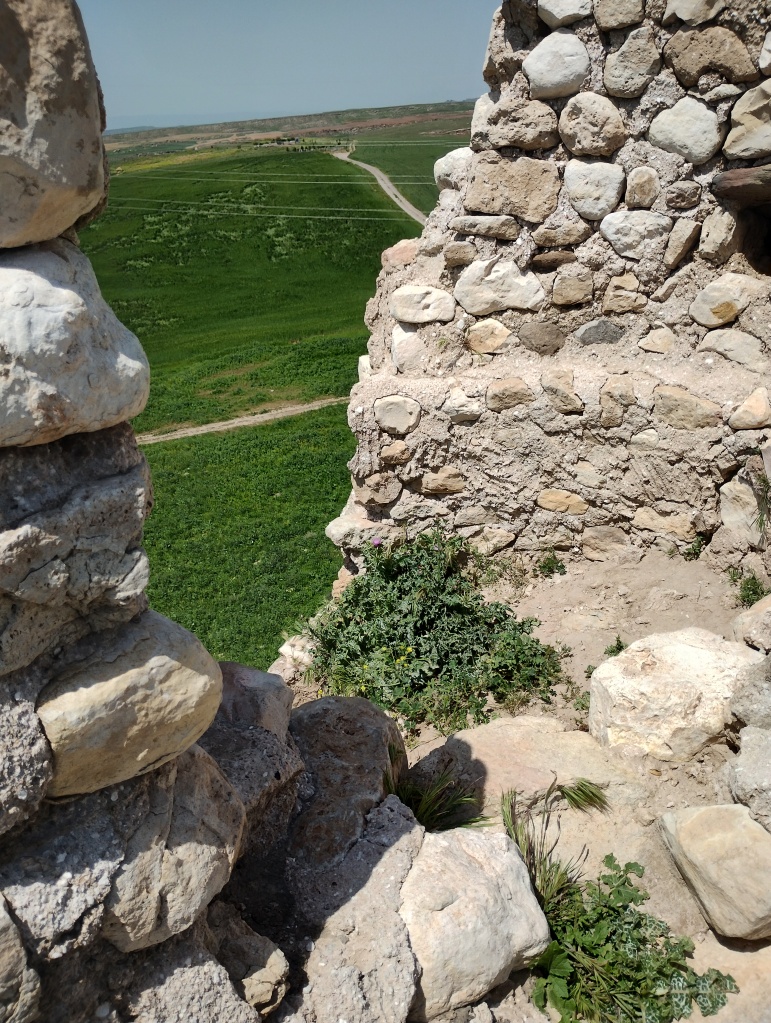
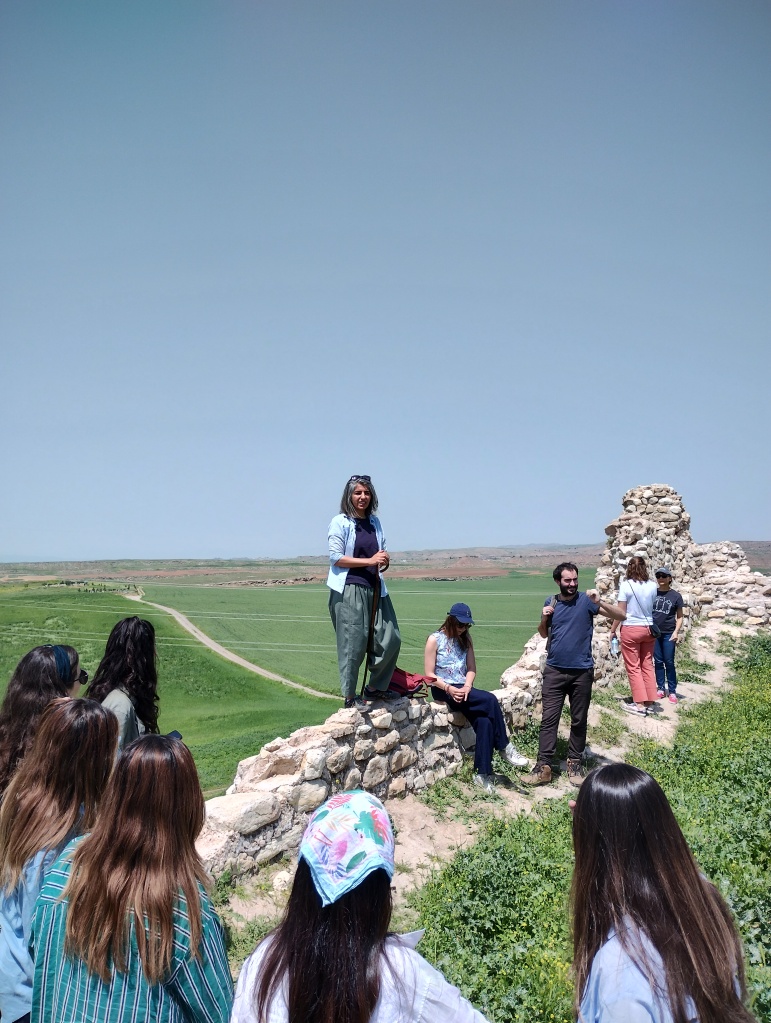
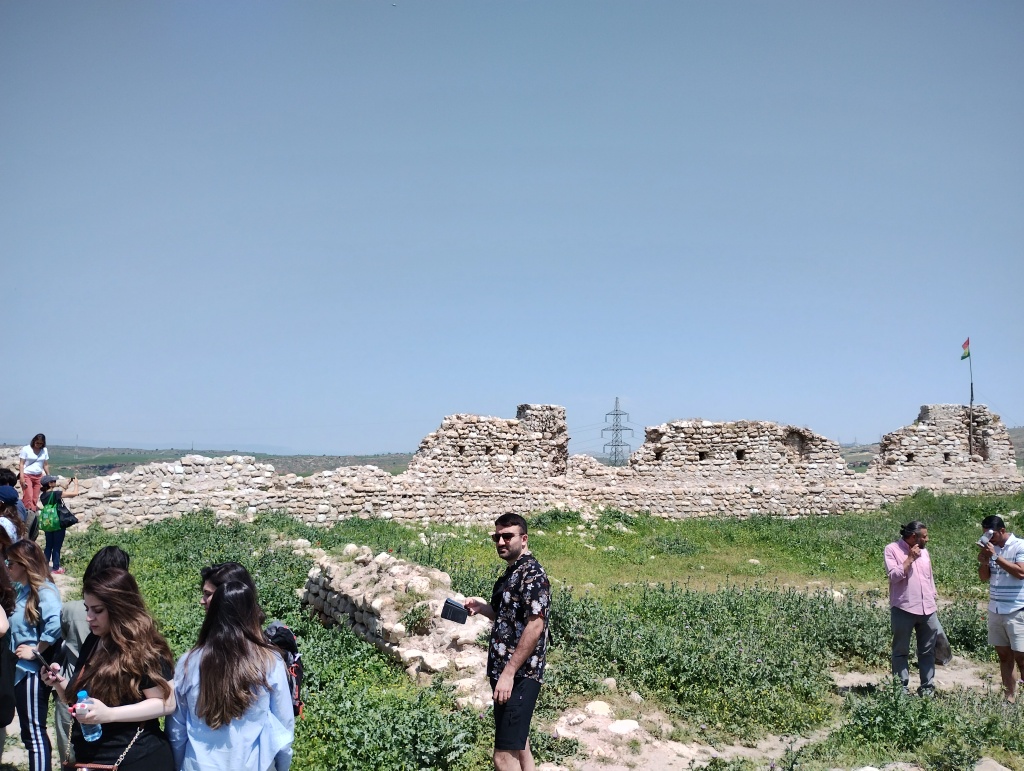
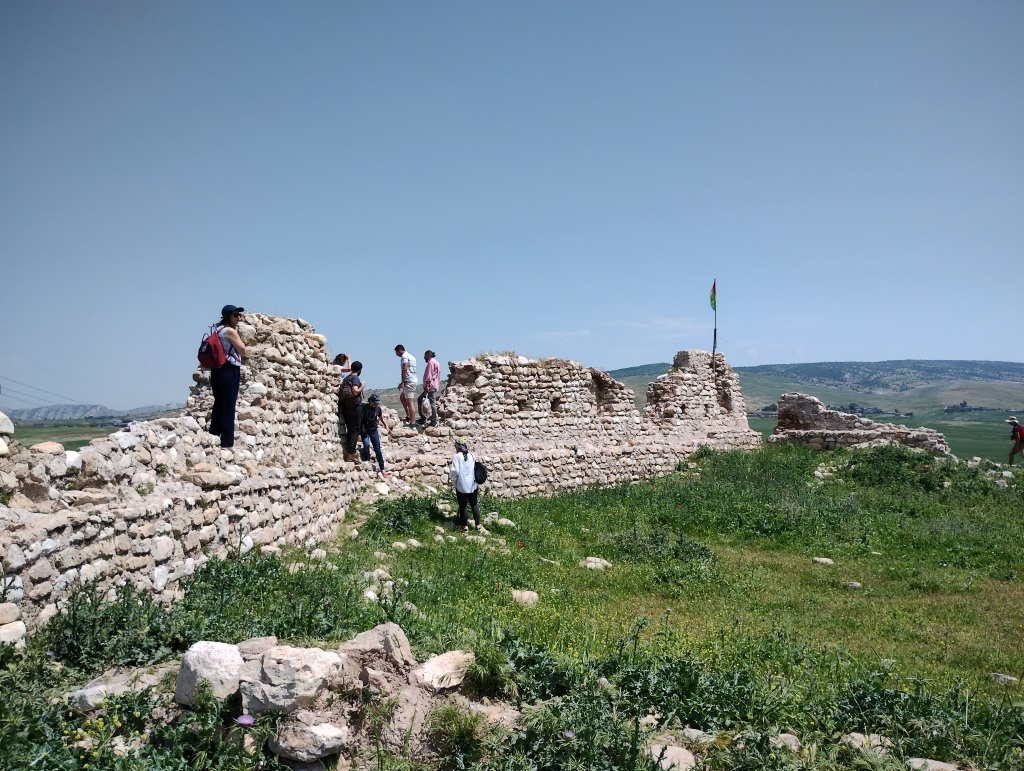
According to historical sources, the construction of Dere Castle dates back to the first millennium BCE, during the time of the Assyrians. Later, it was rebuilt during the reign of Mir Mustafa, the father of Mir Mohammed, the Amir of Rawanduz. The castle was strategically positioned to monitor the trade routes between Soran and neighbouring emirates and countries, such as the Qajars in Iran and the Ottomans in Turkey.
The castle, now ignored and in need of restoration, was once a crucial link in the region’s trade and defence network. Despite its current state, Dere Castle remains an essential part of Kurdistan’s cultural and historical heritage, deserving of more attention and preservation.
Dwin Castle: Where History and Nature Intertwine
Our next destination was Dwin Castle, the remains of an ancient fortress located 56 kilometres from Erbil, nestled amidst the breathtaking natural beauty of Sarban Mountain. The journey to the fortress was as captivating as the destination itself, with the abrupt turn before the ruins suddenly came into view, perched atop an incisive col in an arête that seems carved by the divine. An arête is a sharp-crested ridge in rugged mountains, typically formed by glacial erosion. It separates two cirques or glacial valleys.
The site of the historic Dwin Citadel was likely chosen because of the topography of the Dwin-Kore mountain chain, part of the rocky Pirmarm Heights. Built on a hard mound of earth, the citadel stands 1,475 meters (4839 ft) above sea level.
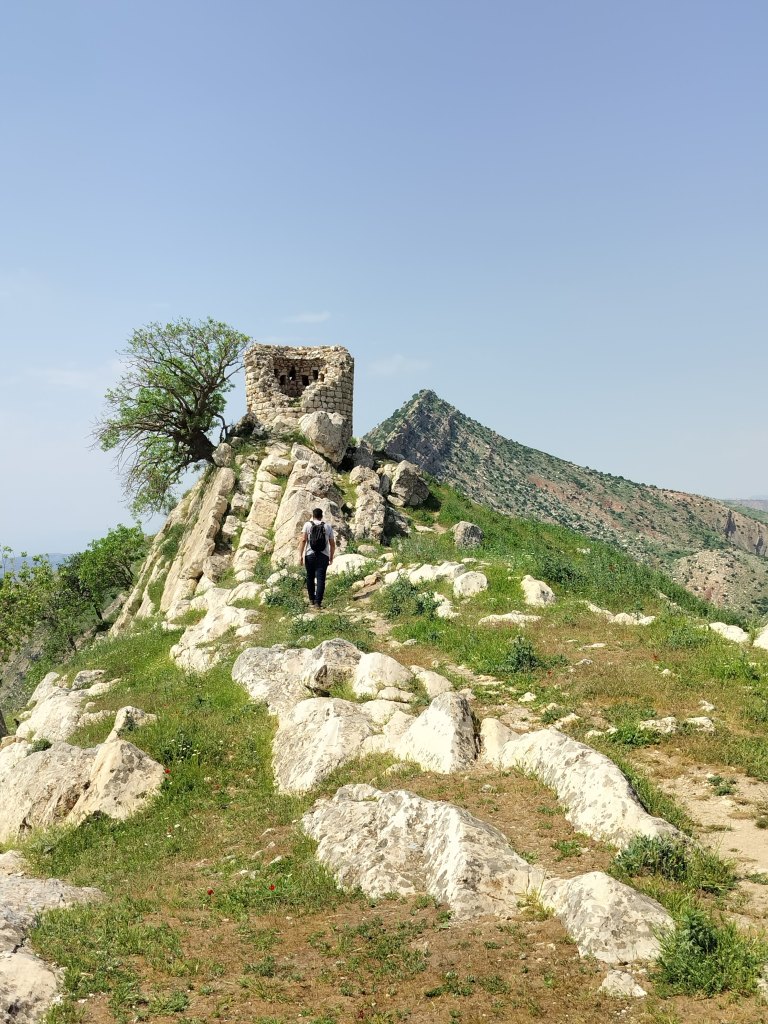
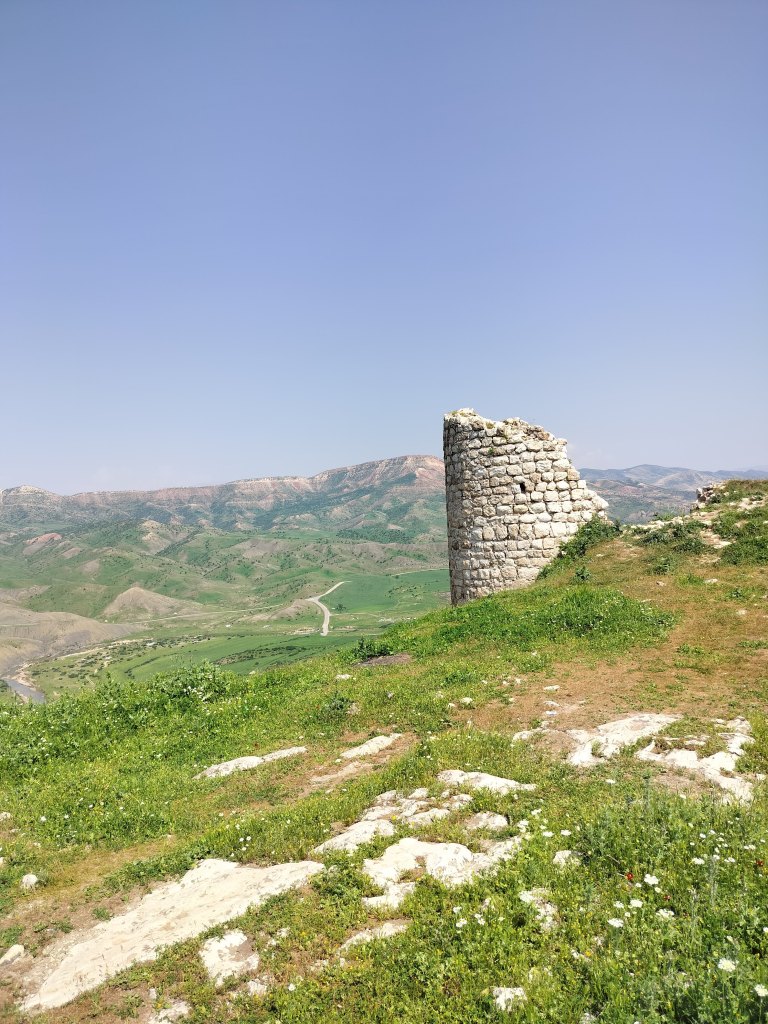
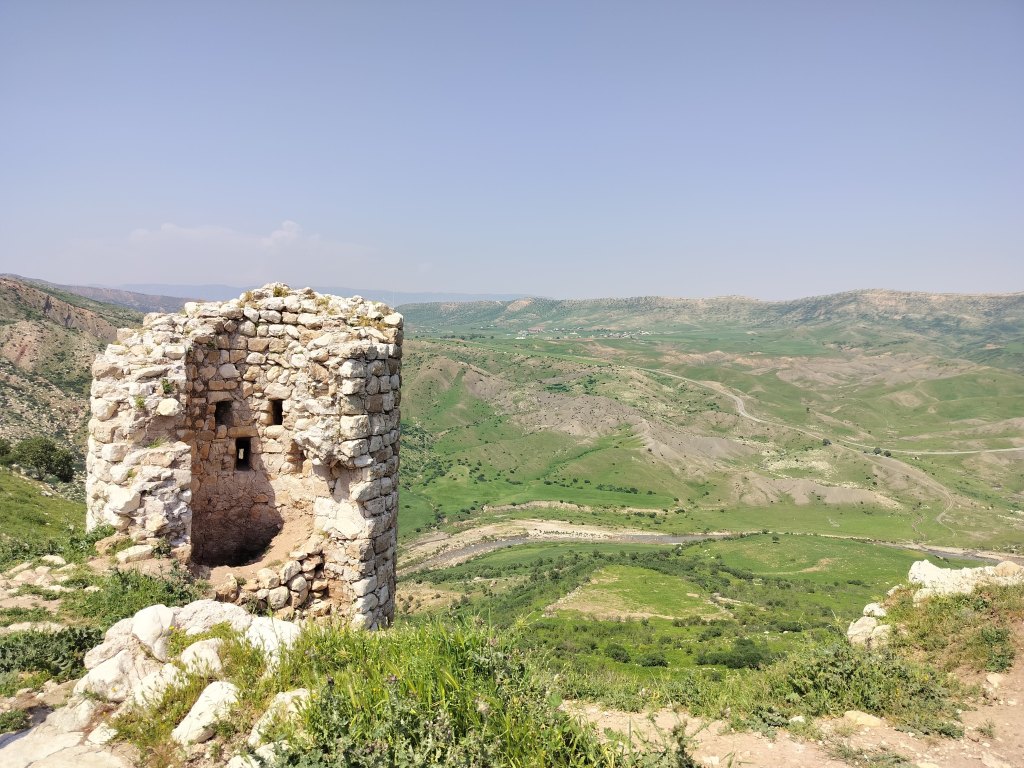
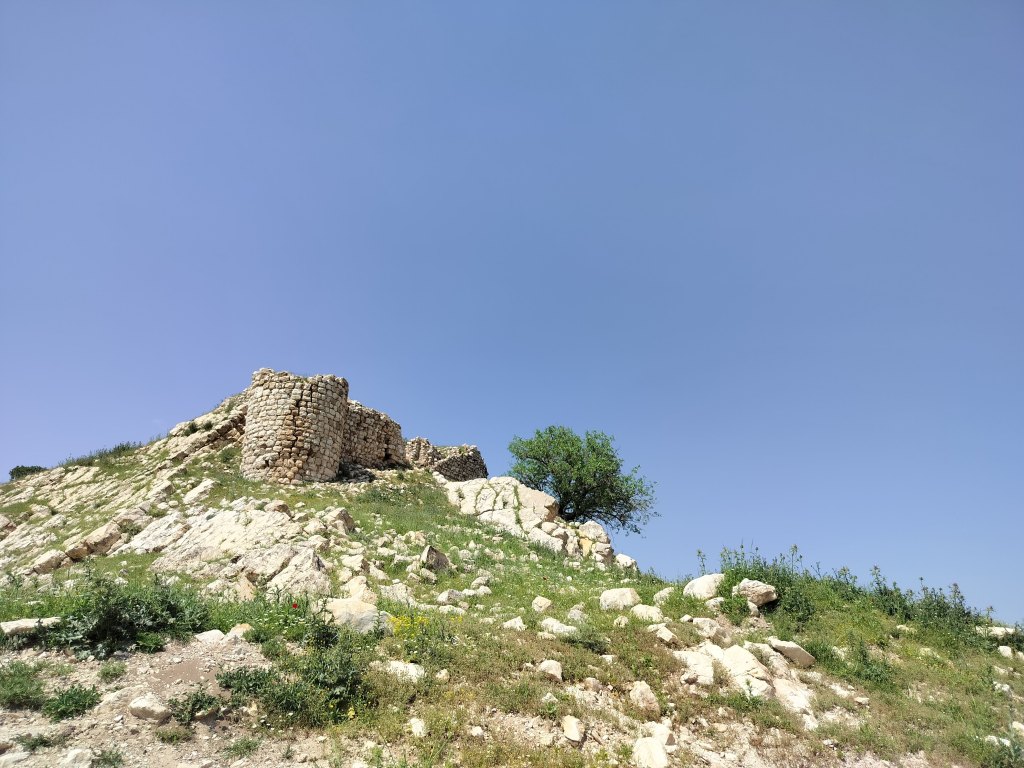
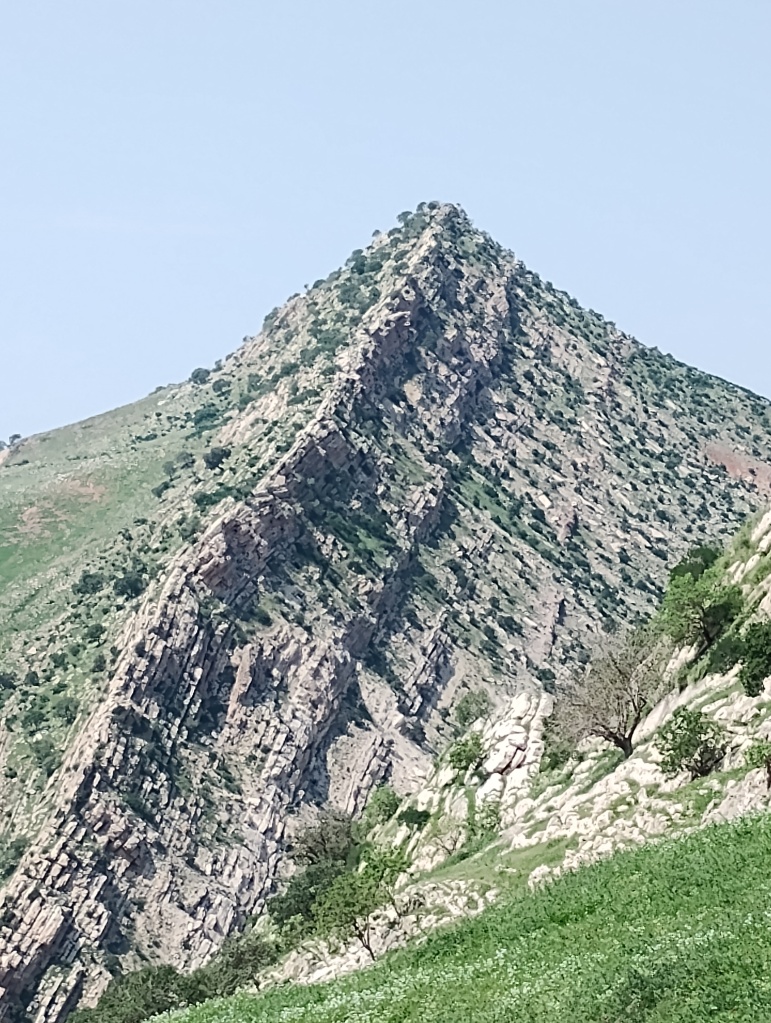

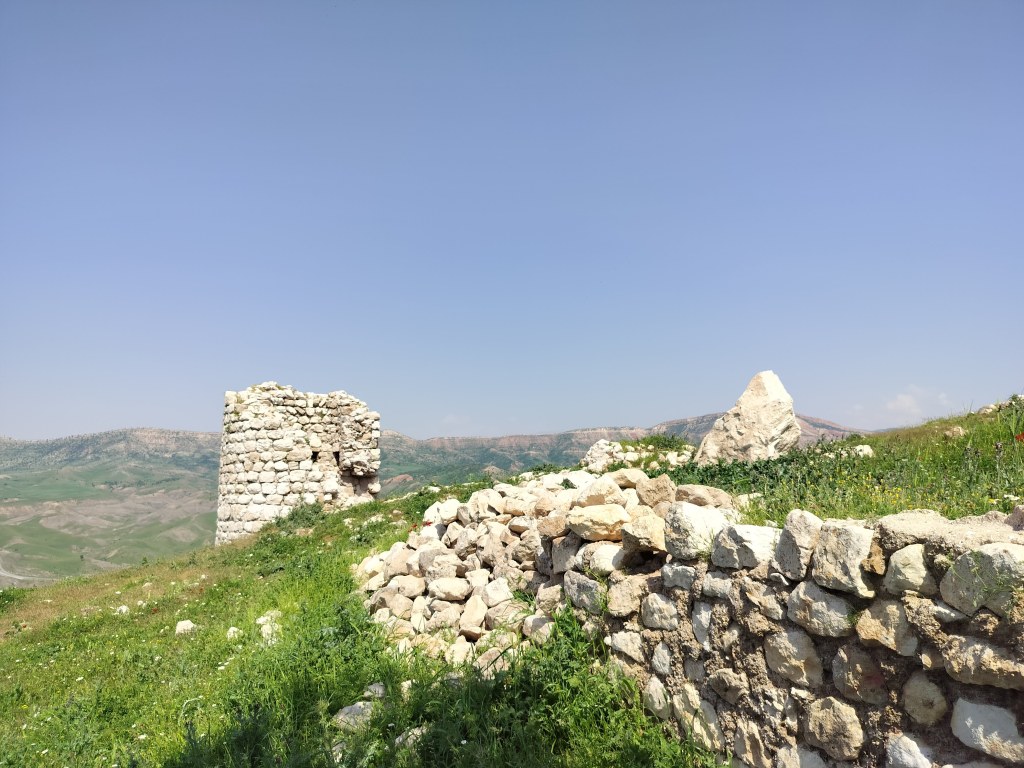
The documented history of Dwin Castle is scant. Dating back to the Soran Emirate of the 16th century, the fortress was used by a Kurdish emir. However, lore goes back even further in time. The region is considered the birthplace of Salahuddin (ca. 1137 – 4 March 1193), the Kurdish Muslim hero who repelled Crusaders in the 12th century and retook Jerusalem, establishing a sultanate over Egypt, Syria, Mesopotamia, Hijaz, and Yemen.
Despite the lack of academic information, the castle’s foundations and some walls still stand, as well as parts of the guard posts. It is built of strong mountain stone. Nearby lies an ancient graveyard believed to be the burial place of some of Saladin’s relatives. Other graves display carvings and drawings of blades, arrows, and the sun, indicating battles took place around the citadel, and many warriors lost their lives in its defence.
Historians debate the citadel’s age, with some dating it back to the time of Assyrian expansion. However, it is believed to be at least 10 centuries old. Renovated by the Soran Emirate’s Mir Isa (1250-1280) in the 13th Century, it was used both as a capital and fortress to monitor military and commercial movement. The Soran Emirate controlled the citadel until 1730 when they withdrew following constant clashes with the Baban Emirate over territory and alliances. Later, the Soran capital moved to Harir and then to Rwandoz, and the citadel was taken over by the Ottomans and eventually pro-Ottoman local chiefs in the late 18th century.
Picnic by the River
After exploring the fortress, we descended to the river below the cliff for lunch and recreation, experiencing the true essence of Kurdish hospitality. Mrs. Sameera treated us to Dolma and bread, a local delicacy symbolizing the formation of true friendship.
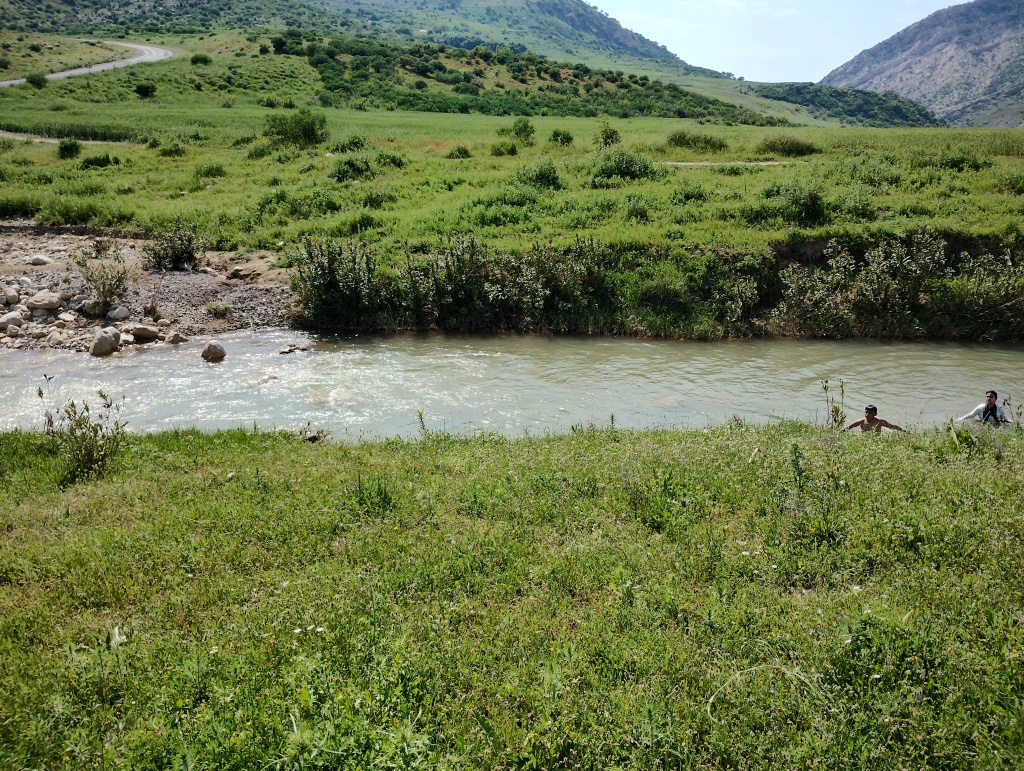
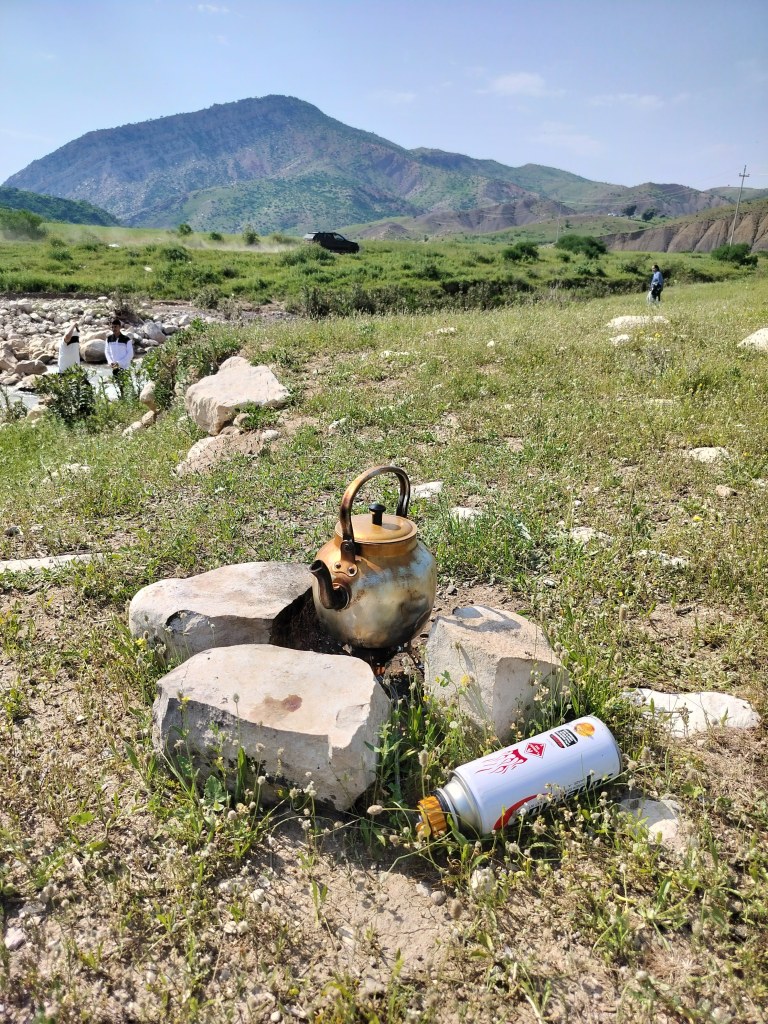
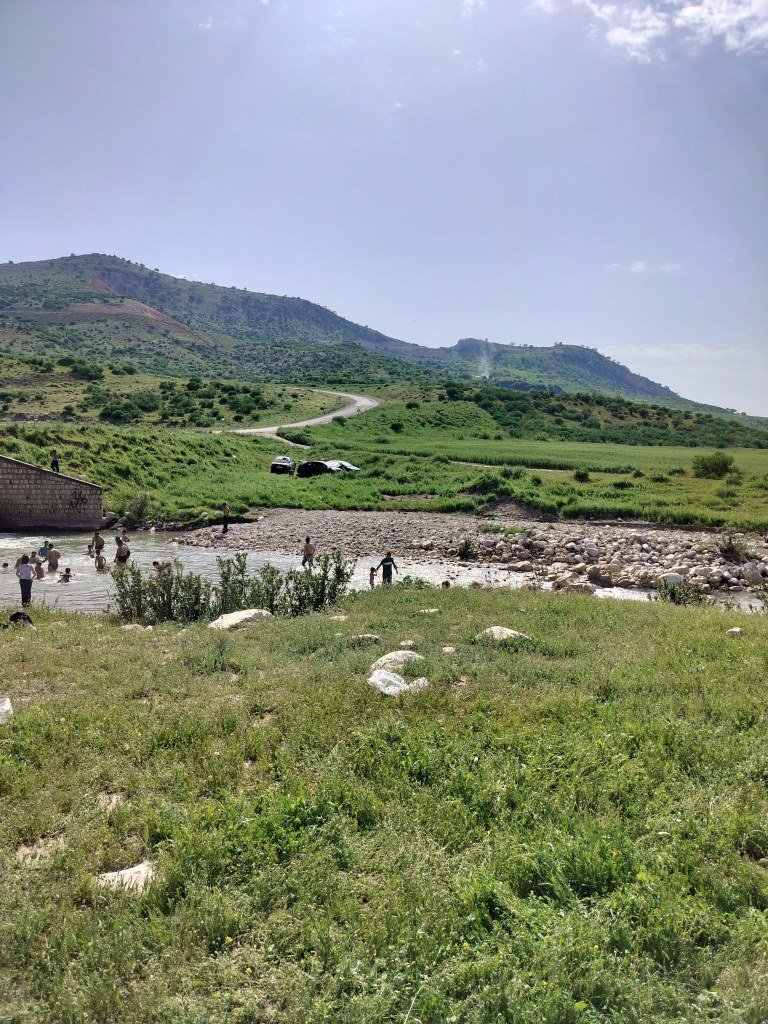
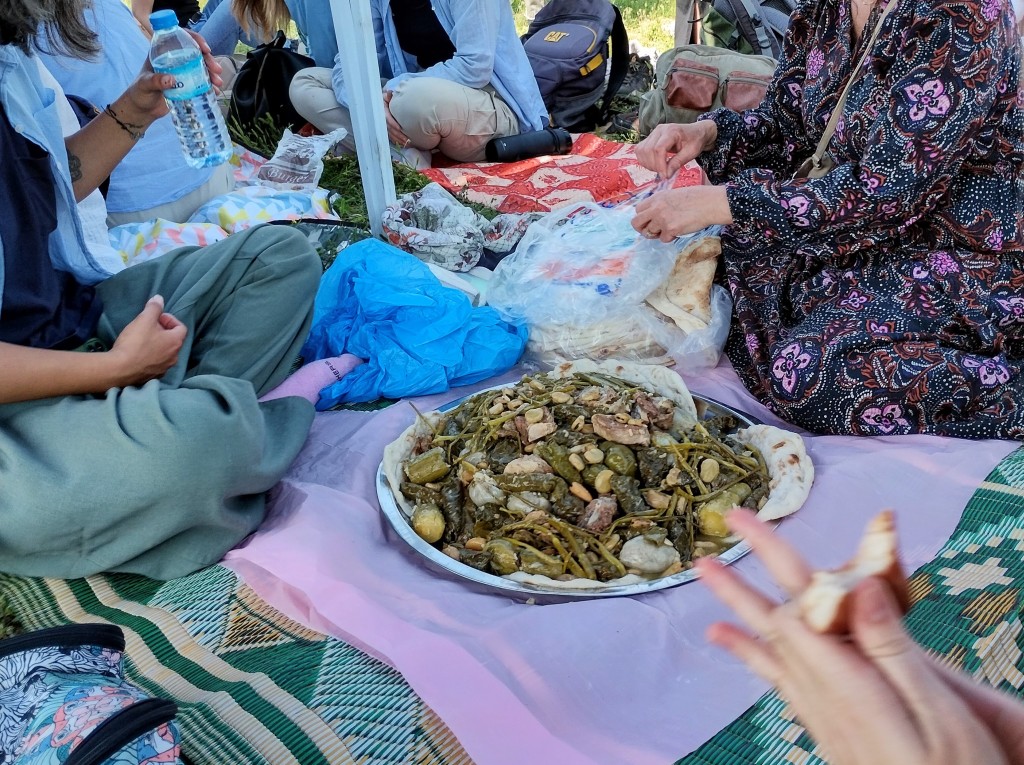
We spent our time in the river playing games and quizzes, strengthening our bonds and creating lasting memories.
A group of young men were performing dangerous stunts on their bikes, ascending and descending the hill in front of us. They were taking too much risk by not wearing helmets or any protective gear. Fortunately, no accidents occurred.
Khanzad Castle: A Testament to Courage and Legacy
Our final destination was Khanzad Castle, also known as Qalai Khanzad, a historic site located in the Kurdistan Region of Iraq, near the town of Barzan in the Erbil Governorate. Built during the Soran Emirate in the 16th century, Khanzad Castle served as a defensive fortification against external threats. Khanzad Castle is located east of Erbil, on the Erbil-Shaqlawa Road, a mere 22 kilometres away from the Kurdistan Region’s capital.
Khanzad, the princess of King Sleman, who ruled the Soran Emirate in the 15th century, was the builder of Khanzad Castle, which stands to this day. Khanzad was also the sister of King Mohammed, the legendary Kurdish leader of the Soran Emirate.
Khanzad Castle is a fine example of Kurdish architecture. The castle’s design is primarily military in nature, intended to serve as a fortress, but it also has elements of a residential palace. The castle’s architecture is notable for its strategic location atop a rocky hill, offering commanding views of the surrounding landscape. The castle consists of four towers and thick defensive walls and is made of stone and gypsum, reflecting the traditional architectural style of the region.
Khanzad was known for her audacity, bravery, and intelligence. She ruled the Soran Emirate after her brother, King Mohammed, died from poisoning. When she came to power, she avenged her brother’s death by executing all those who poisoned him.
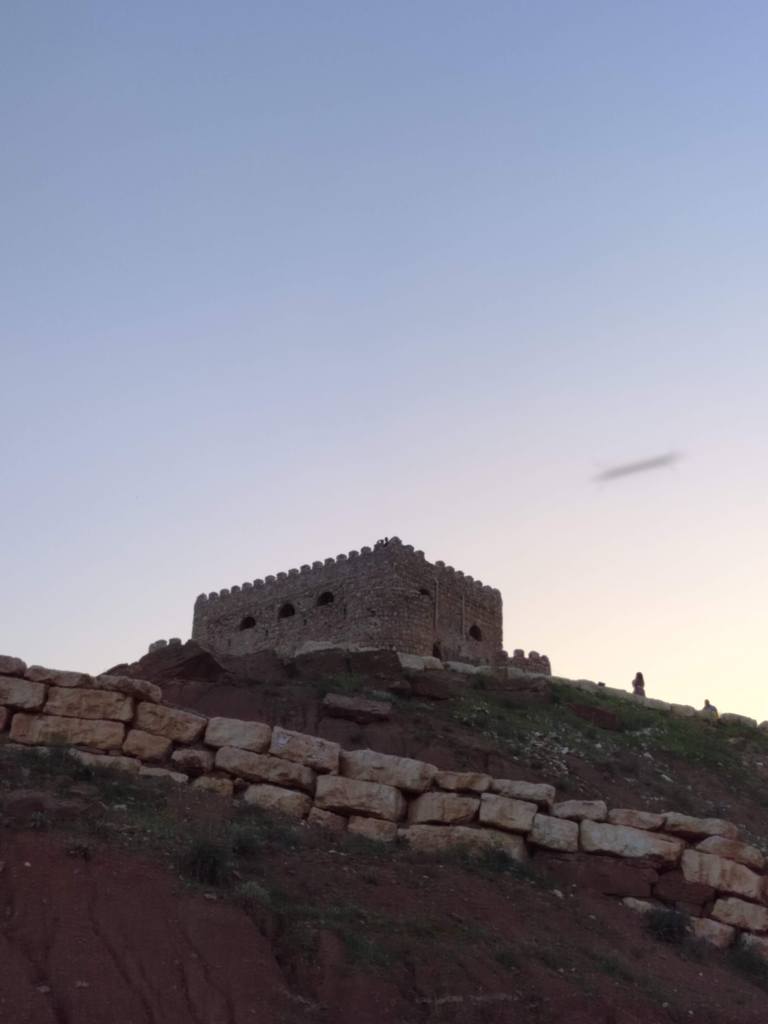
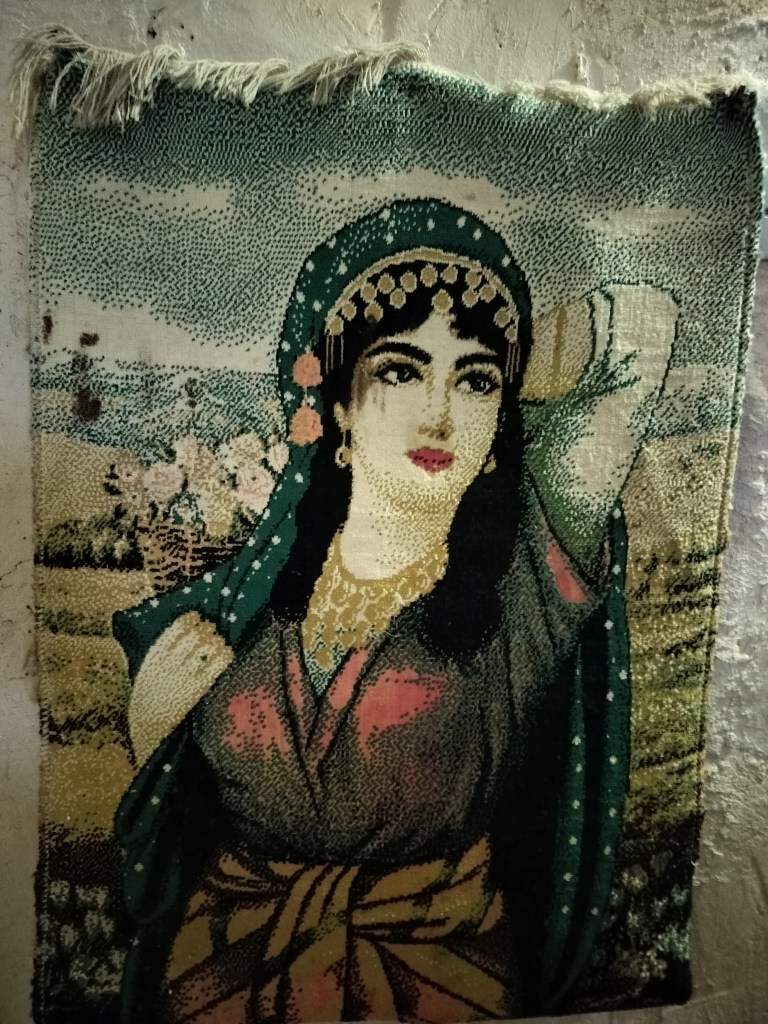
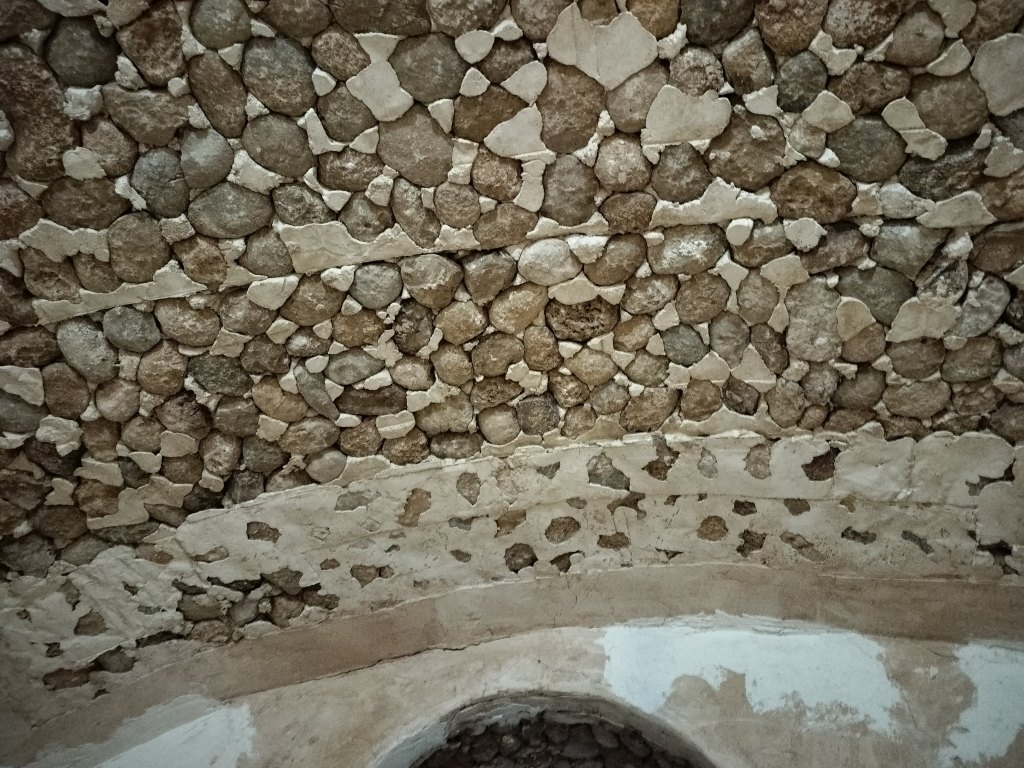
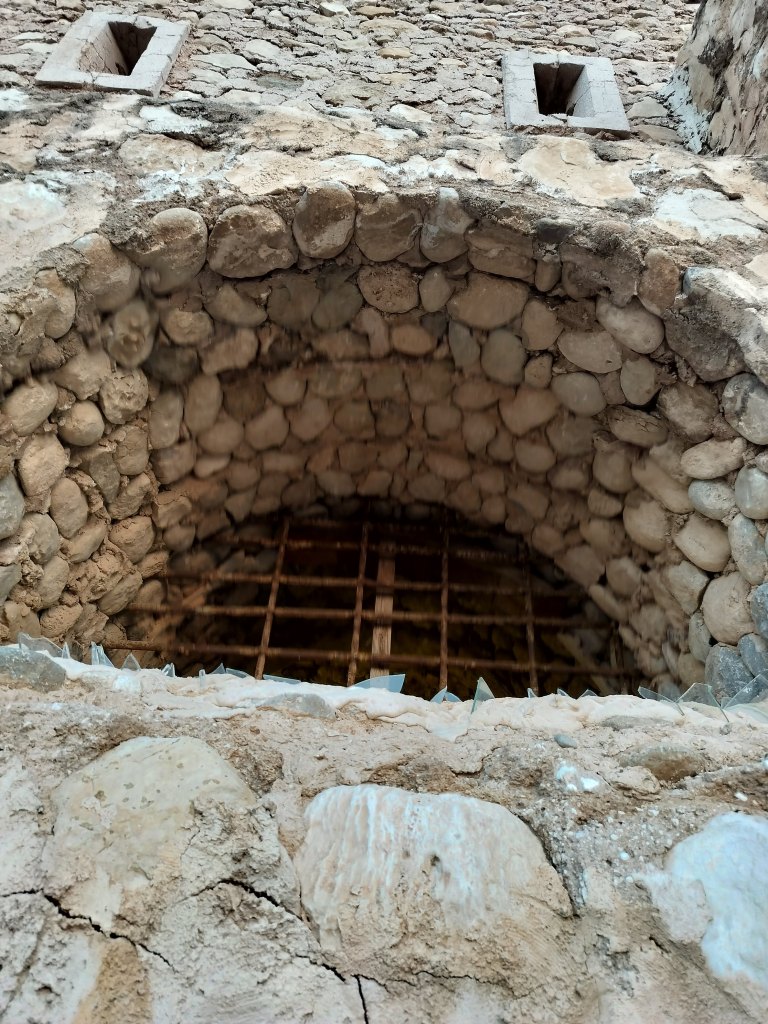
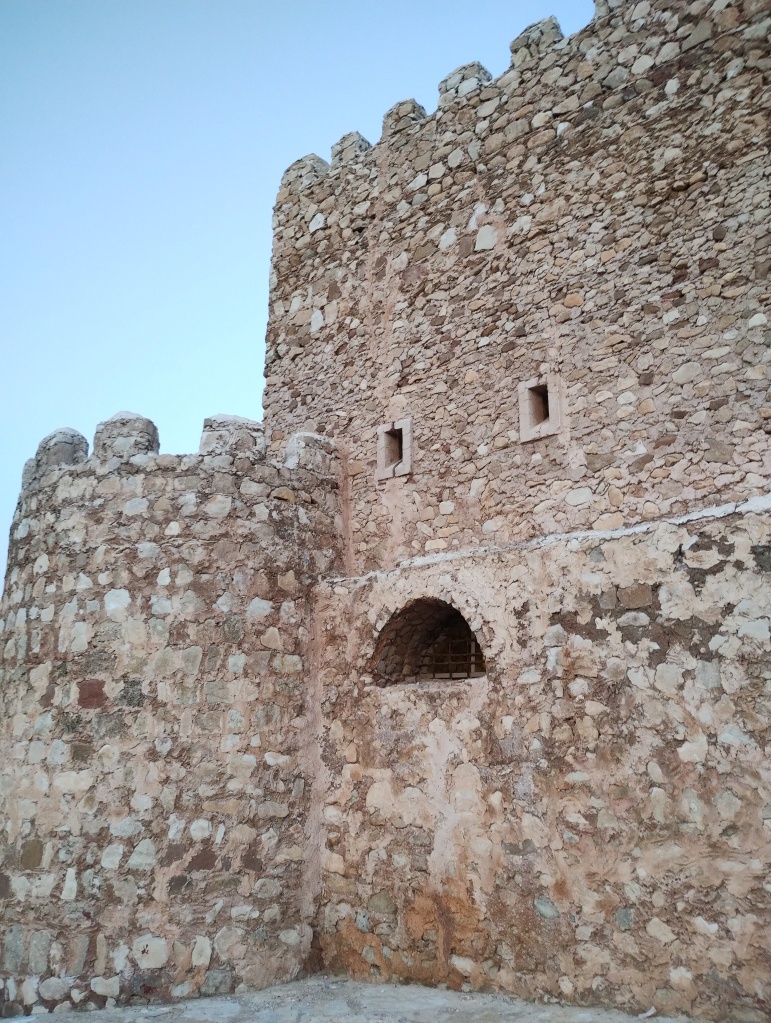
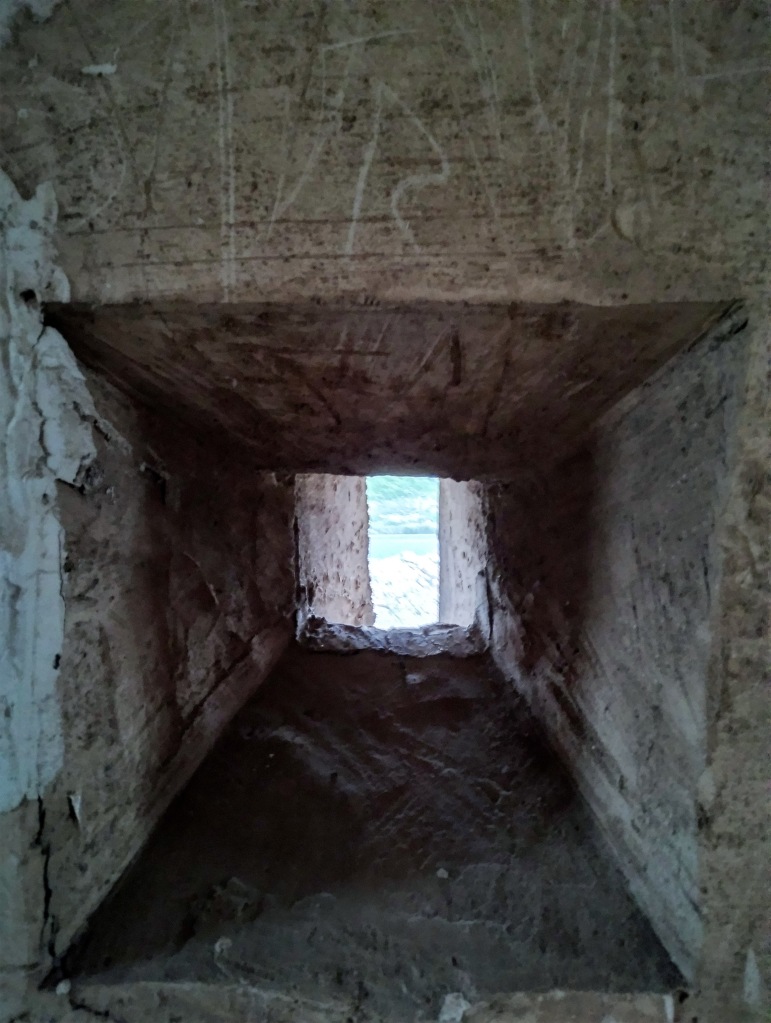
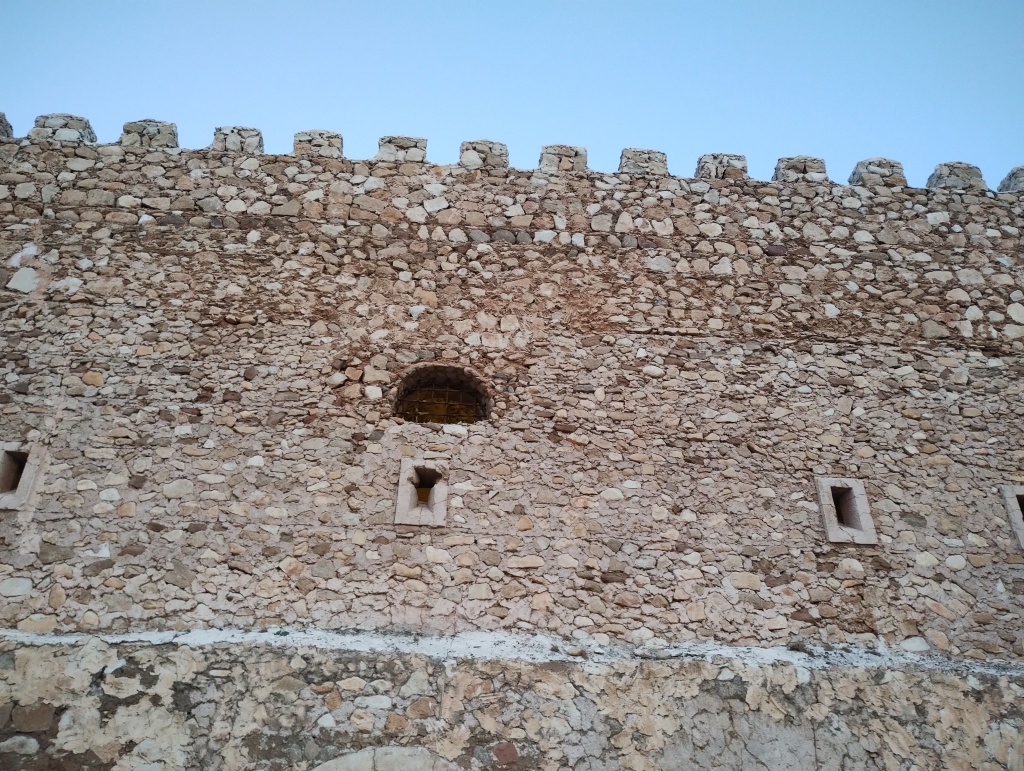
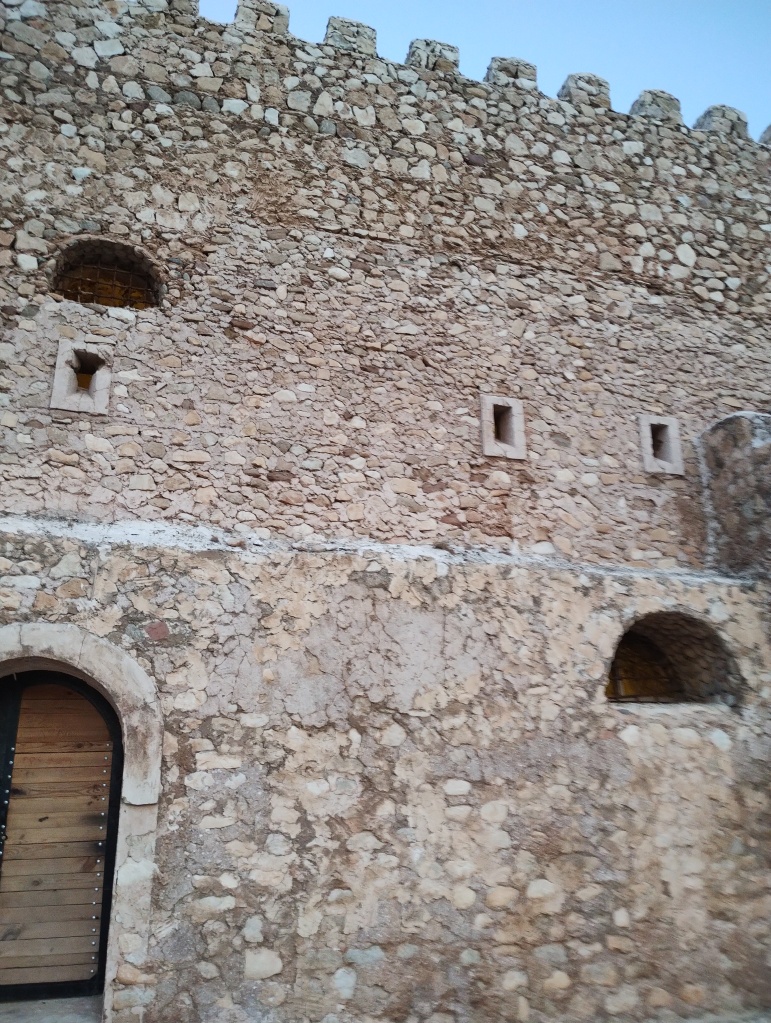
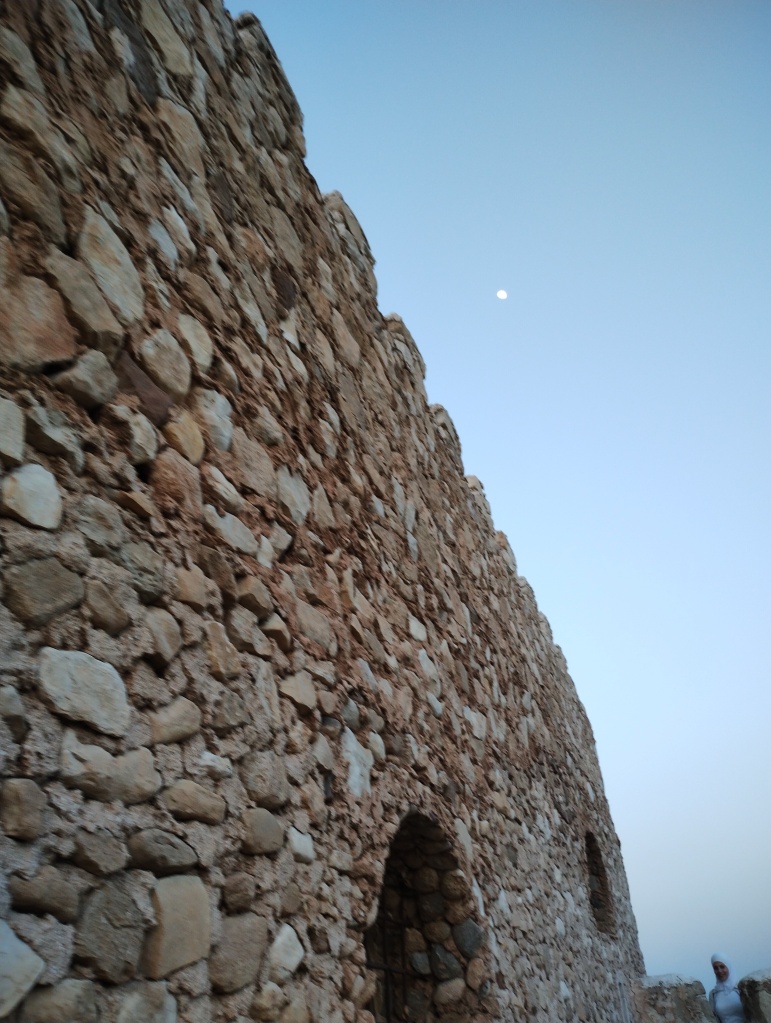
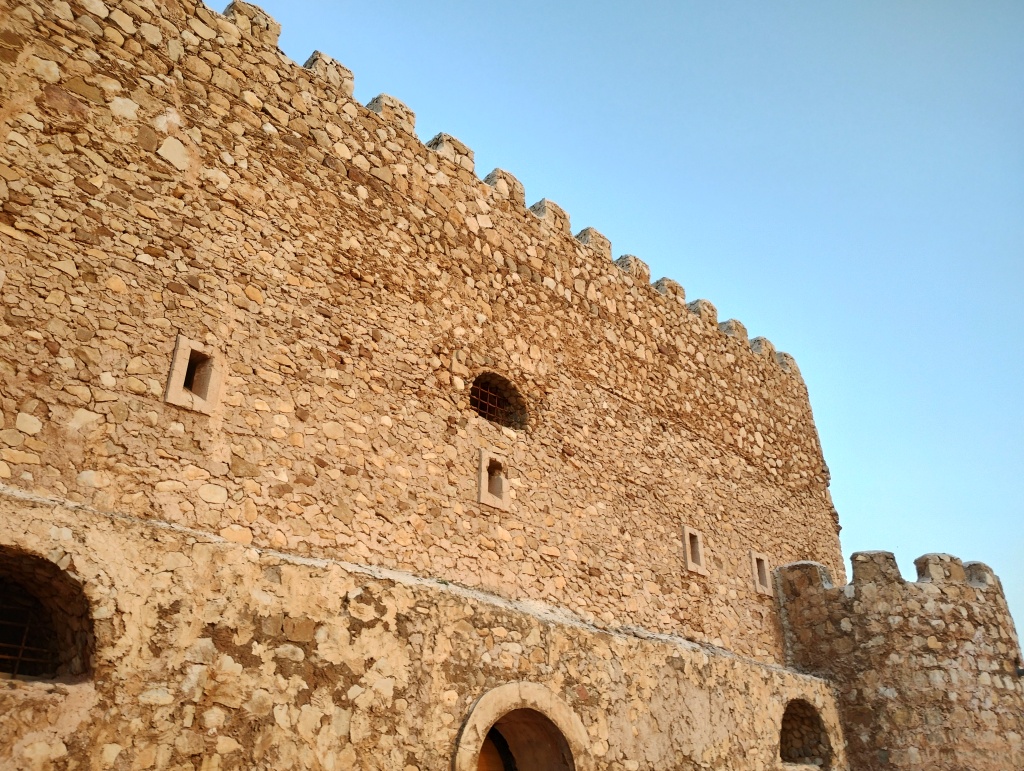
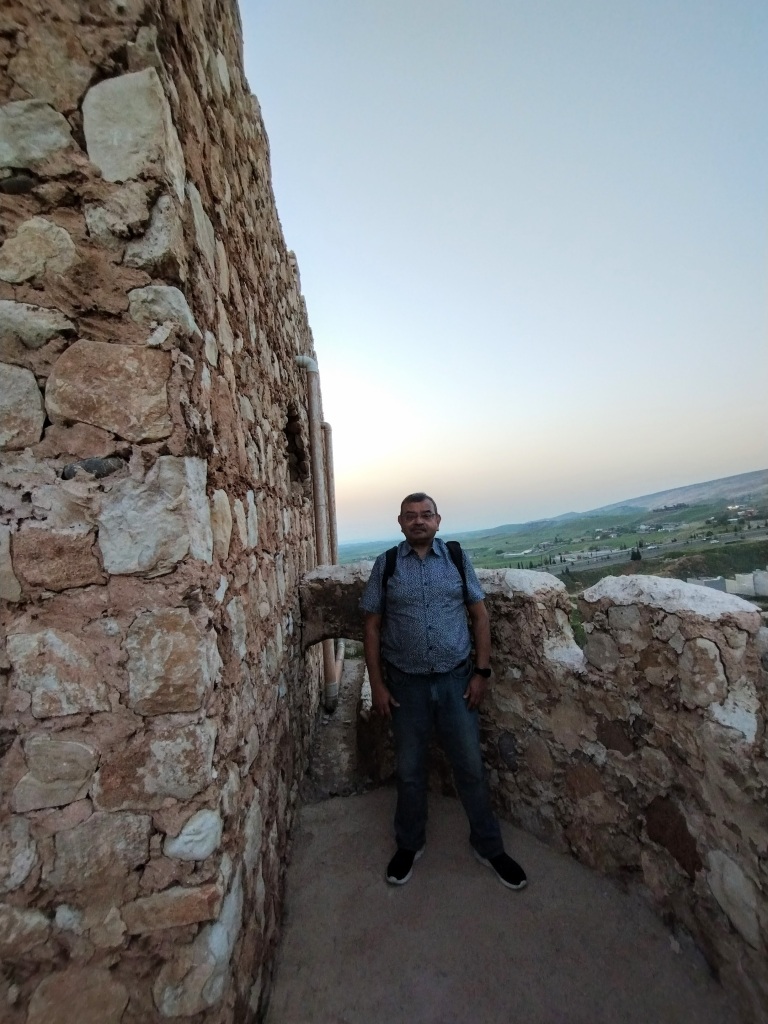
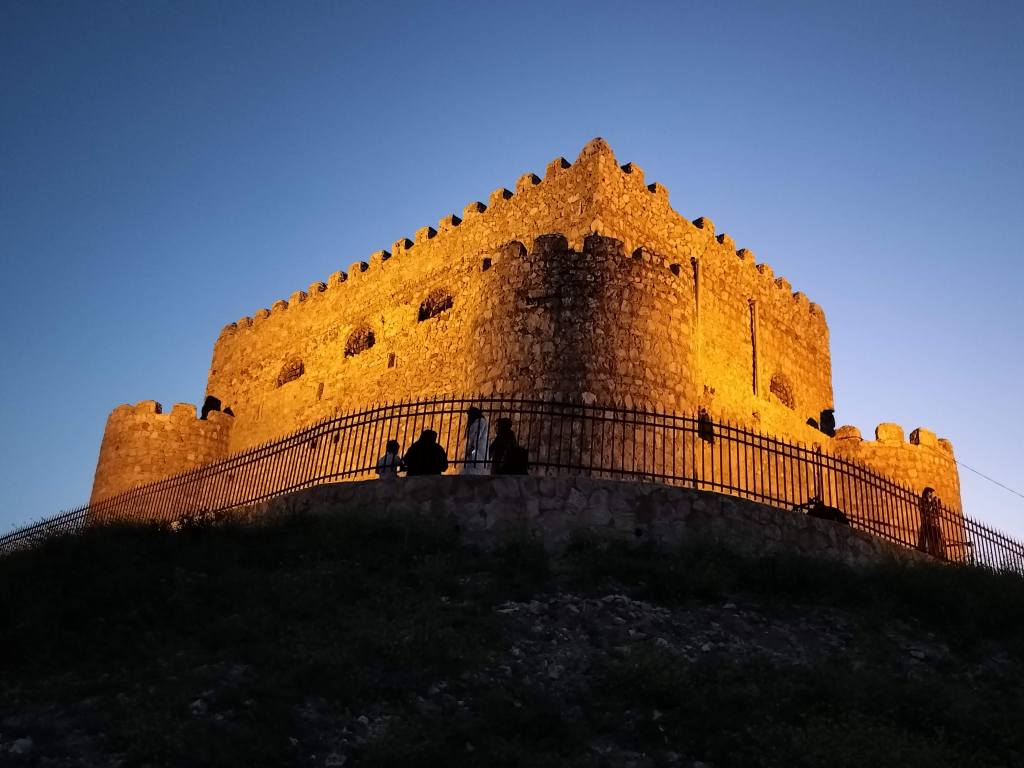
Under Khanzad’s rule, the castle became a symbol of power and defence. It remains intact to the present day, a reminder of Kurdistan’s ancient past. She led a vast army of 40,000 to 50,000 soldiers, comprising 12,000 infantry and 10,000 cavalry archers, to safeguard the Soran Emirate from its adversaries.
In the early 20th century, Khanzad Castle was abandoned. However, in the 1970s, it underwent significant restoration work. The restoration aimed to preserve the historic structure and turn it into a tourist attraction.
Our journey concluded as we watched the sun setting from the castle, leaving us with a profound sense of awe and appreciation for the rich history and culture of Kurdistan. The excursion was not just about exploring ancient ruins; it was a journey back in time, a glimpse into the lives and legacies of those who came before us. As we bid farewell to these majestic castles, we left with a deeper understanding of the resilience, courage, and spirit of the Kurdish people.
At this point, I would like to express my heartfelt thanks to Hany Hurmzi of Mesopotamian Tourism for organizing this trip and to Lana for her invaluable historical insights.


Love these tours. History is so much more interesting when you are not forced to study it in school 🙂
LikeLiked by 1 person
Yes, very true. I was hating history in school because of the dates and dynasties. History should be taught with site visits, their significance, and analysis of events.
LikeLike
Very interesting and informative.
LikeLiked by 1 person
Thanks 😊
LikeLike
Interesting. I have never heard of castles from this region. I guess they haven’t been highlighted lately, or could be because of turbulent past few years.
LikeLiked by 1 person
Yes, you’re right. Iraq was more in news for different reasons, unfortunately.
LikeLiked by 1 person
Thanks for information
LikeLiked by 1 person
Informative post on castles near Erbil. I knew of the Erbil Citadel before.
LikeLiked by 1 person
Thanks, Sanchita.
LikeLike